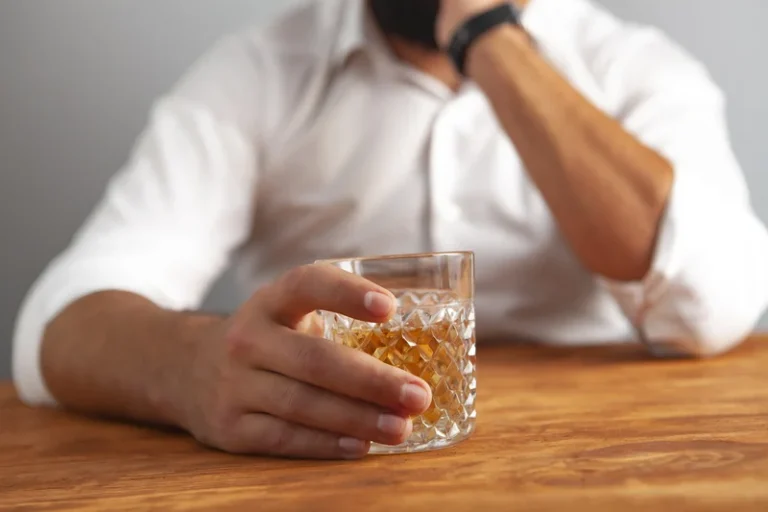
If your teen is in an unconscious or semiconscious state, their breathing is very slow, their skin clammy, and there’s a powerful odor of alcohol, there’s a drug addiction treatment strong chance they may have alcohol poisoning. As most parents know all too well, talking to a teen is rarely easy. You can feel discouraged when your attempts to communicate are greeted by a sullen roll of the eyes, an incoherent grunt, or the slamming of a door. Or you may despair at the relentless anger or indifference your teen displays towards you. However, if you feel that your child will be exposed to underage drinking, finding a way to talk to them about alcohol can be crucial in either preventing them from starting or curbing any existing alcohol use.

Developmentally Appropriate Programs

Inpatient treatment offers a range of intensity of care levels. Each type ofinpatient treatment requires the patient to live temporarily in asafe and controlled treatment facility. The most intensive form ofinpatient treatment involves 24-hour supervision by professionalstaff. Group home living, such as halfway houses, is the leastintensive inpatient treatment setting. Intensity may be graduatedwith a short and intensive residential stay in a professionaltreatment facility, followed by a much longer adjustment period in“sober living” arrangements. The goal of inpatient treatment is toprovide sufficient structure to allow the patient to make major lifechanges, while strictly limiting access to alcohol and drugs.
- Treatmentproviders, often funded by the health care system, should coordinatewith all settings in which teens in need of treatmentinteract—school, home, family, peer group, and where appropriate,the criminal justice system and the workplace.
- Millions of readers rely on HelpGuide.org for free, evidence-based resources to understand and navigate mental health challenges.
- New preliminary data from CSAT’s Adolescent Treatment Model study(Perry et al.,2003) indicates the importance of the therapeuticrelationship in retaining youth in treatment.
- Depending on the person, intoxication can make someone very friendly and talkative or very aggressive and angry.
We are unable to switch you to this area of care
- In therapy sessions, treatment of the adolescentfocuses on building developmental skills, such as decision making,negotiation, and problem-solving skills (Liddle et al., 2001).
- Adolescents tend to drink if the adults around them drink or binge drink alcohol.
- You can help by educating your child on how social media portrays a distorted, glamorized snapshot of only the positives in a person’s life, rather than a realistic view that includes their daily struggles, such as unhealthy alcohol use.
For example, some programs give teen clients disposablecameras https://ecosoberhouse.com/ to take photos of friends and families, which then become abasis for generating group discussion. Some Twelve Step programshave tailored the individual steps to adolescent experiences. Forexample, to explain the step of powerlessness, the therapist reviewseveryday occurrences to explore what adolescents can control andwhat they cannot. Assessment (pretreatment screening) is an important first step todetermine need for treatment. Unlike adults who often begintreatment once dependence or life-challenging problems emerge, youthmay be referred to treatment primarily because of trouble at schoolor with the justice system.
- Teen alcohol statistics show that risks are greater for those who binge drink.
- Underage drinking is a serious public health problem in the United States.
- If you’ve discovered your child or teen is drinking alcohol, it’s normal to feel upset, angry, and worried.
- National guidelines for staff training to understandthe developmental needs of teens should be developed.
- Alcohol abuse and dependence, like most medical or psychologicaldisorders, tend to be chronic.
Free Healthbeat Signup
- People who are intoxicated may think they’re moving properly when they’re not.
- If someone drinks large amounts of alcohol in a short period of time, they’re at risk for alcohol poisoning.
- The Substance Abuse and Mental Health Services Administration (SAMHSA) provides the most reliable estimates of alcohol use by young people in the United States.
- Different approaches appear to be better suited to youth who haveseveral definable characteristics.
- Programs should adopt specific strategies for motivating adolescentsto participate in treatment that can help with retention.
- This can create further problems whenattempting to reintegrate adolescents into their family, school, andcommunity settings (DrugStrategies, 2003).
The teenage years can often be challenging and stressful, and it’s not unusual for people to turn to alcohol as a way of coping with their issues. But whatever difficulties you’re facing at the moment, there is help available and there are healthier, more effective ways of resolving them. If your teen goes to a party and chooses to have a drink, it’s a mistake that can be rectified. If they drink and then drive or get into a vehicle driven by someone else who’s been drinking, that mistake could be a fatal one—for them or someone else. Ensure they always have access to an alternative means of getting home, whether that’s a taxi, a ride share service, or calling you, an older sibling, or another adult to pick them up.
Remind your teen that underage drinking is illegal and that they can be arrested for it. Your teen should also understand that drinking teen alcoholism alcohol comes with specific consequences. Agree on rules and punishments ahead of time and stick to them—just don’t make hollow threats or set rules you cannot enforce.


Out of $116.2 billion spent onalcohol in 1999, $22.5 billion was estimated to have come from underageconsumers (Foster, Vaughan,Foster, and Califano, 2003). Substance abusers and those who aredependent on alcohol and other drugs are a significant burden to health care andlaw enforcement systems. The personal costs to teens who are dependent or whohave developed problem use include a failure to complete education, establishlasting relationships, and be economically productive members of society.Long-term psychopathology is commonplace.


